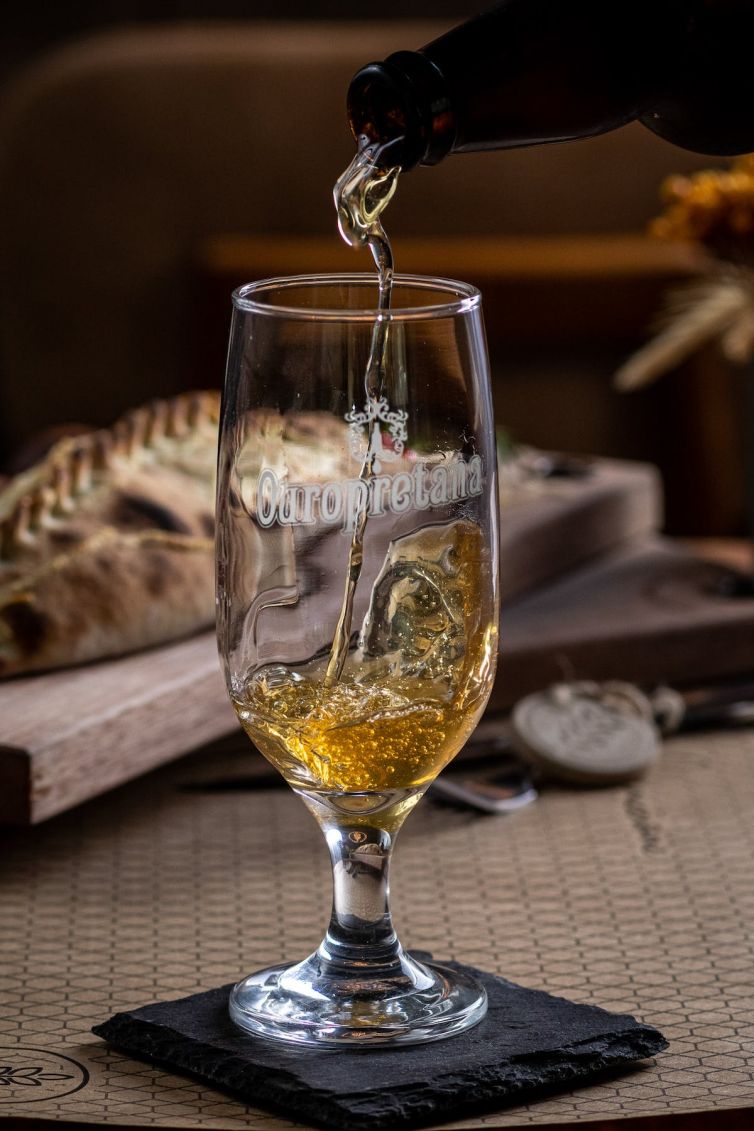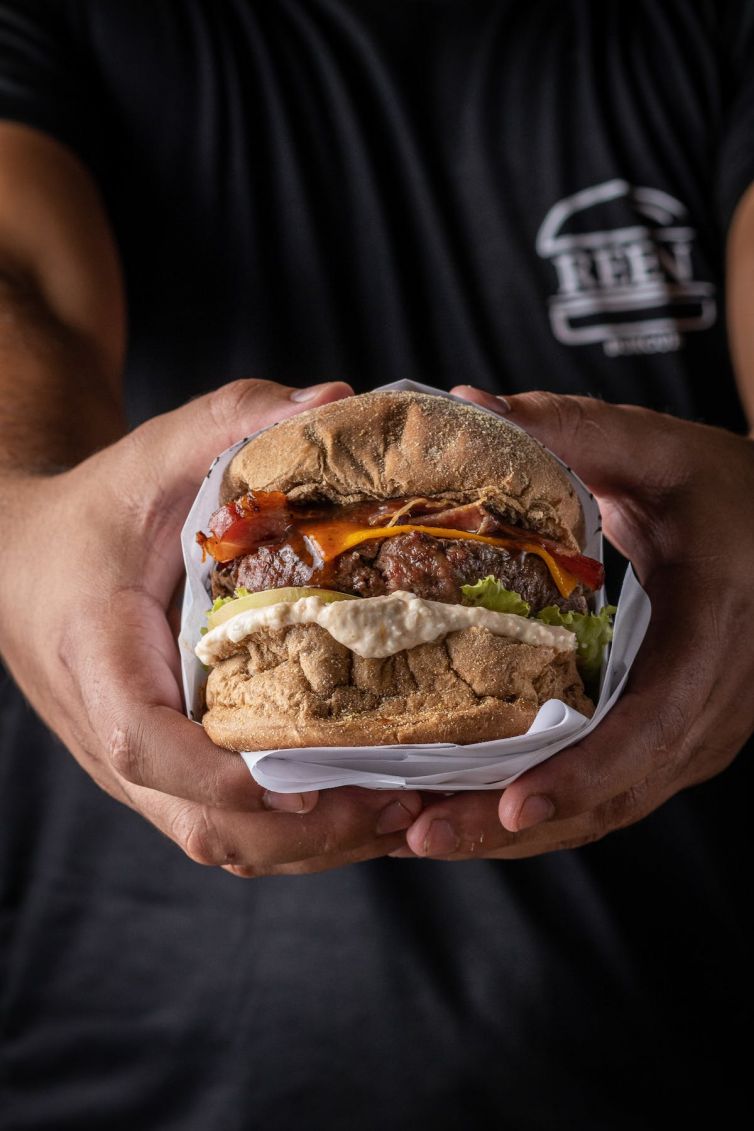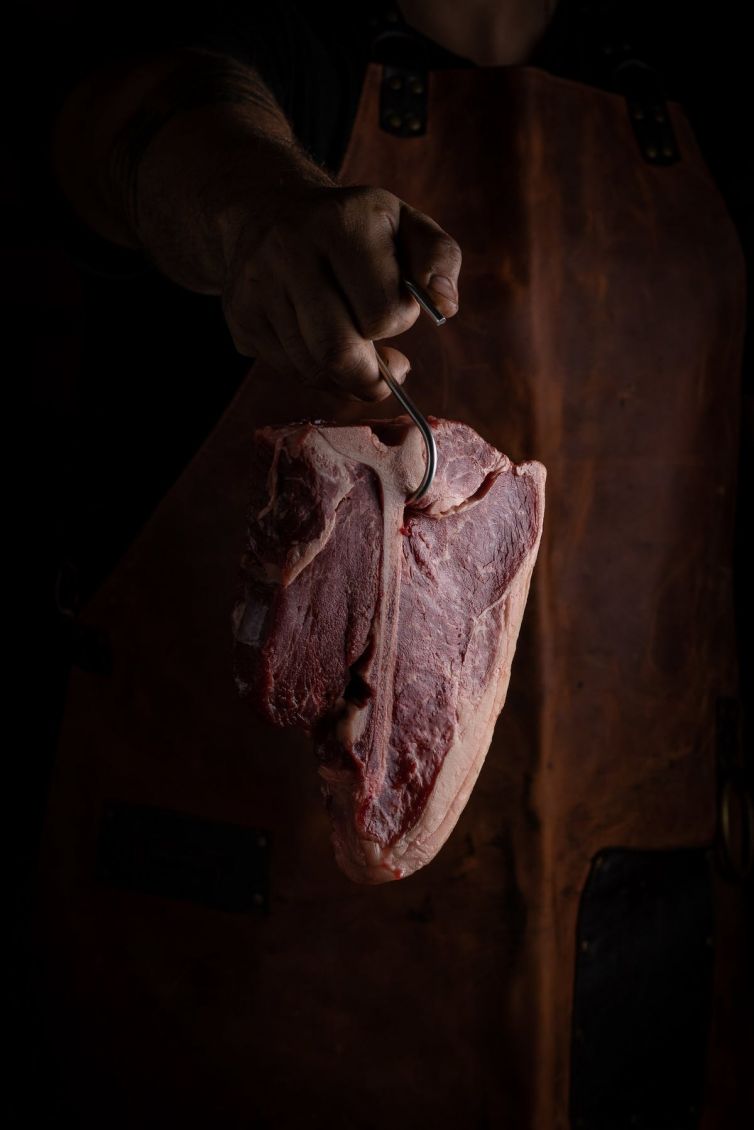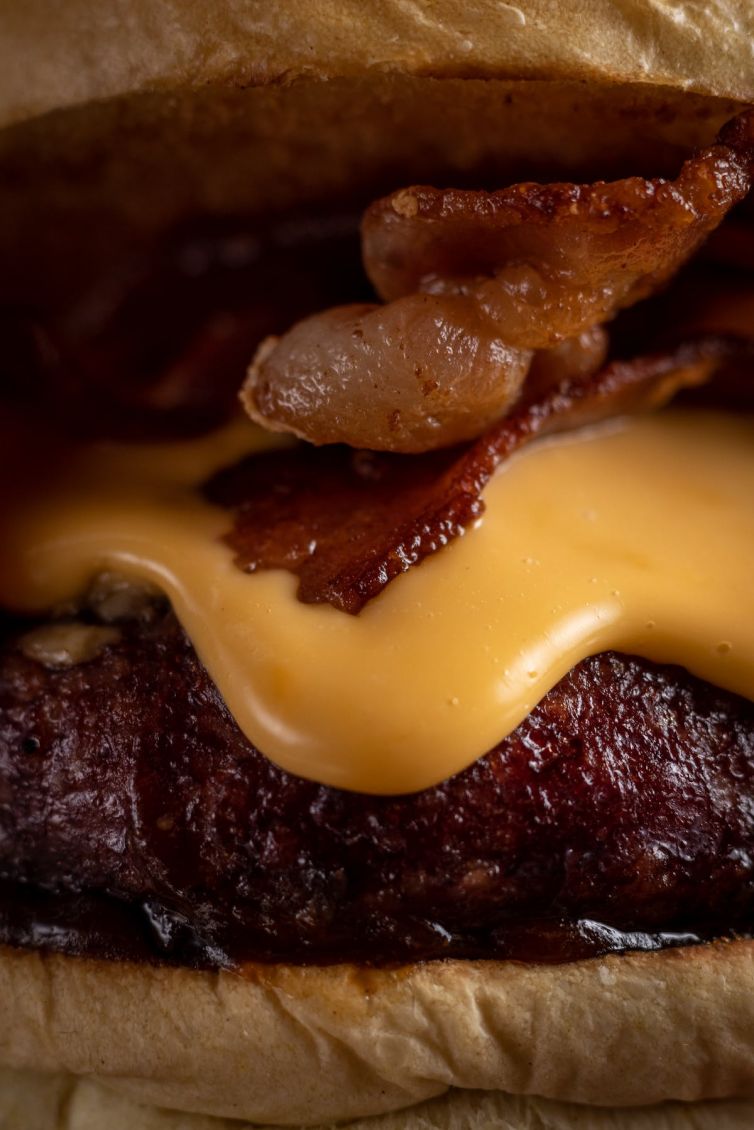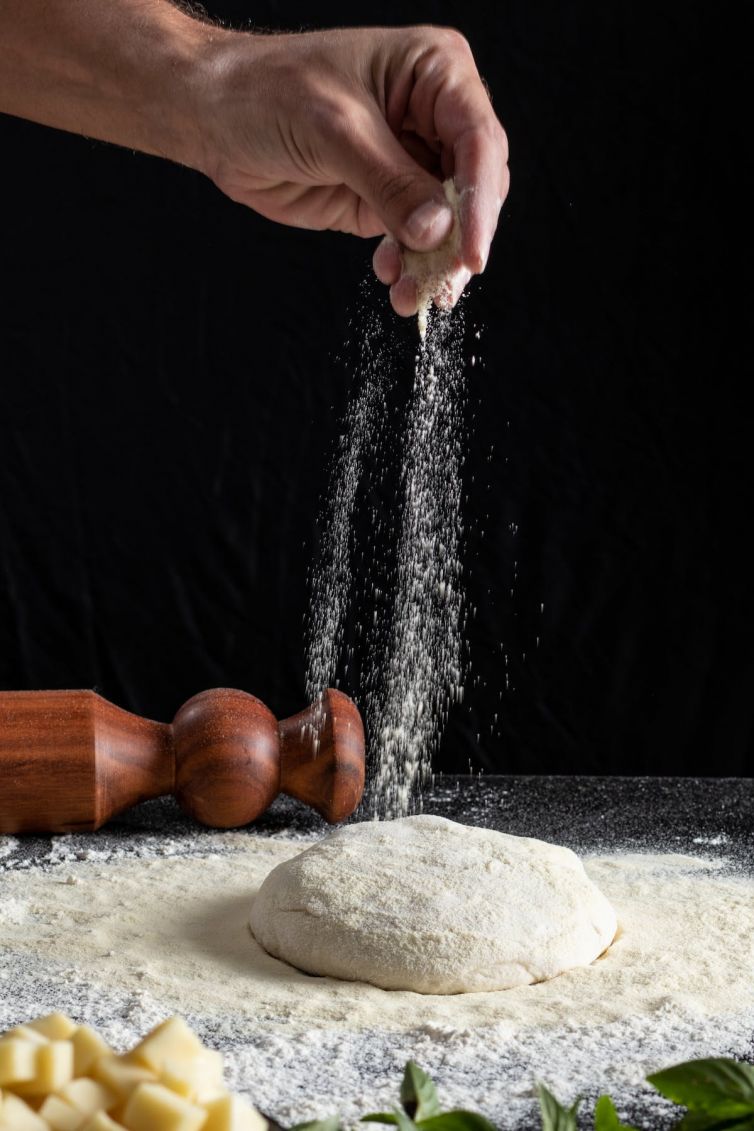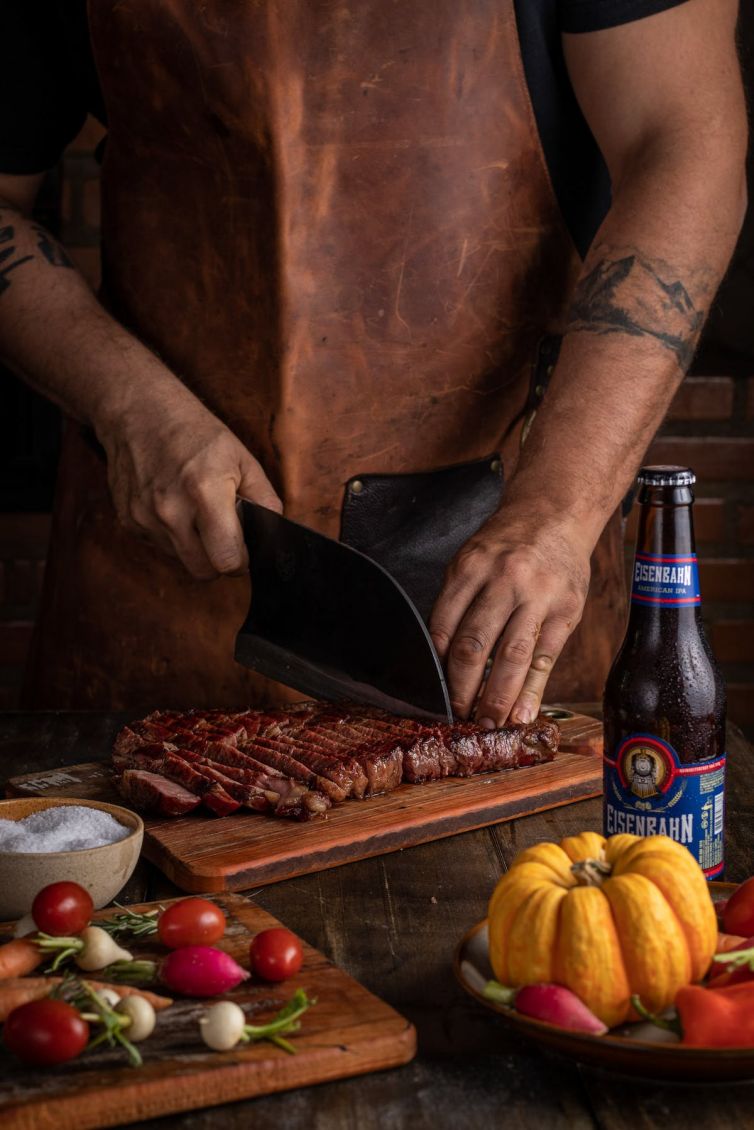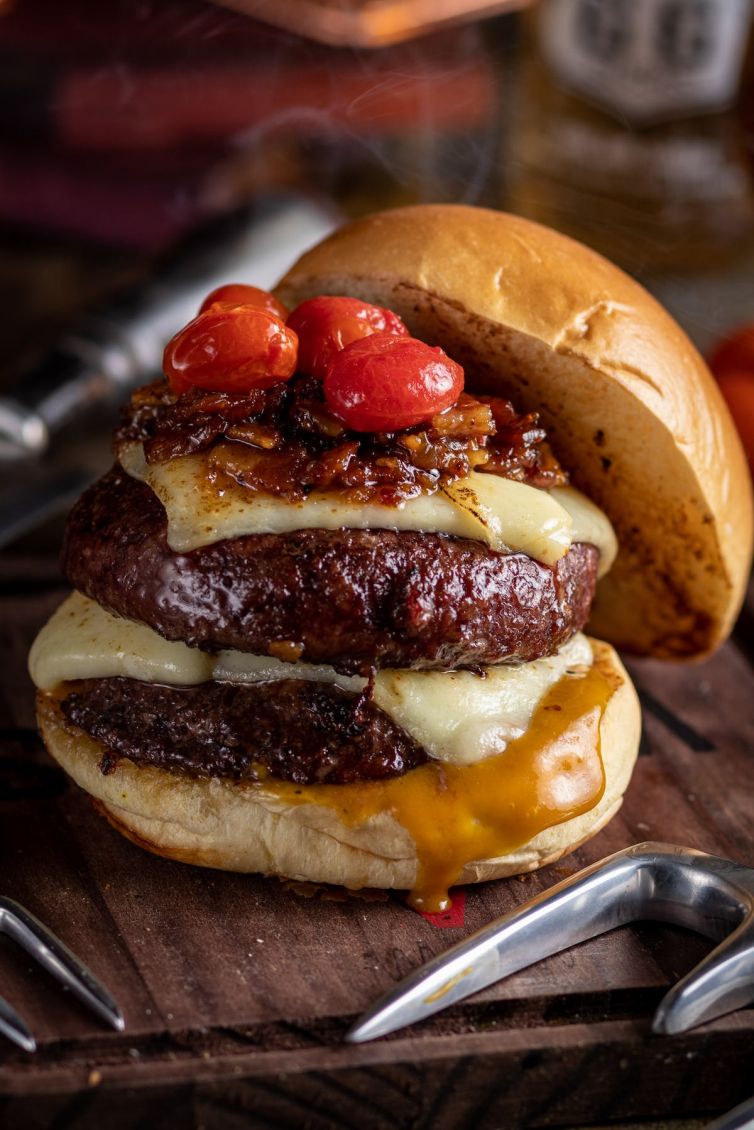Munich’s Food Photography: Tips for Great Shots and Choosing a Photographer

The Art of Food Photography: How to Recognize Good Photos, Choose a Photographer, and Understand the Message in Images
Food photography is a field that has gained tremendous popularity in recent years. Whether you’re a food enthusiast, a home chef, or a restaurant owner, you’ve probably come across countless pictures of dishes on Instagram, Facebook, or in restaurant menus. But how can you distinguish a good food photo from a bad one? How do you choose the right photographer, and how can you understand what the photographer is trying to convey in their images?
1. Light – The Key Element
The first element to consider when evaluating food photos is lighting. Good lighting is crucial because it affects how the dish is presented. Natural daylight is often preferred because it gives the food natural colors and shadows. Avoid harsh glares or sources of light that appear artificial. Food photographers often use lighting techniques such as “softbox” or “diffuser” to achieve soft, even light that highlights the details of the dish.
2. Composition of the Frame
A good food photographer always pays attention to the composition of the frame. How the dish is arranged on the plate, the use of garnishes, and the background colors all matter. Food photography should be aesthetically pleasing and capture the viewer’s attention. Look for balance in the composition and whether the photo is too crowded or too empty.
3. What Does the Photographer Want to Show?
Every good food photo has a story to tell. The photographer may want to emphasize the freshness of the ingredients, showcase the cooking process, or simply entice the viewer to try the dish. Before evaluating a photo, think about what the photographer likely wanted to convey and whether they succeeded in doing so.
4. Choosing a Photographer
If you’re interested in professional food photography, it’s worth considering the choice of the right photographer. Browse through the portfolios of different photographers and pay attention to their style, the quality of their work, and reviews from other clients. Good references are important as they will show whether the photographer can deliver the expected results.
5. Capturing the Viewer’s Attention
It’s important to understand that a food photo should capture the viewer’s attention. A good food photographer can use techniques such as depth of field, colorful accents, textures, and composition to make the dish the focal point of interest. Of course, a food photo should be appetizing, but it can also contain narrative or emotional elements that engage the viewer and elicit a reaction.
It’s important to remember that evaluating food photos is subjective, and what’s appealing to one person may not be to another. However, understanding the basic principles of food photography and selecting the right photographer can help you achieve beautiful and effective images of dishes that attract attention and encourage tasting. Food photography is an art that combines taste, smell, and appearance, creating delightful visual experiences for the viewer.



